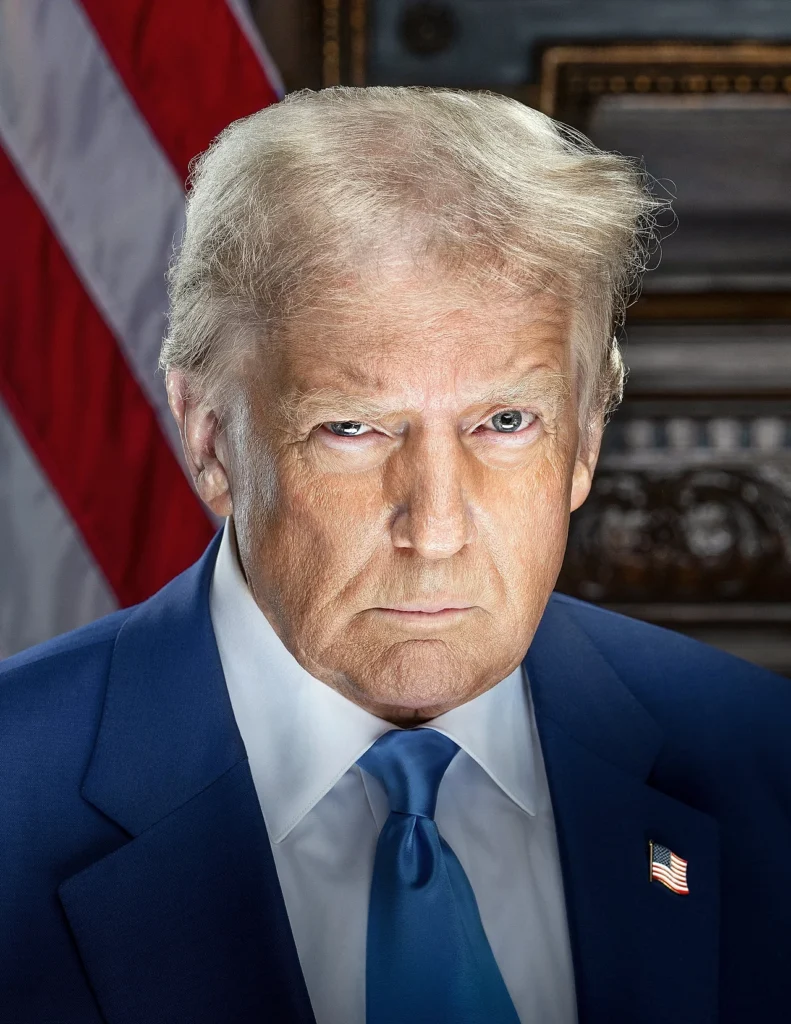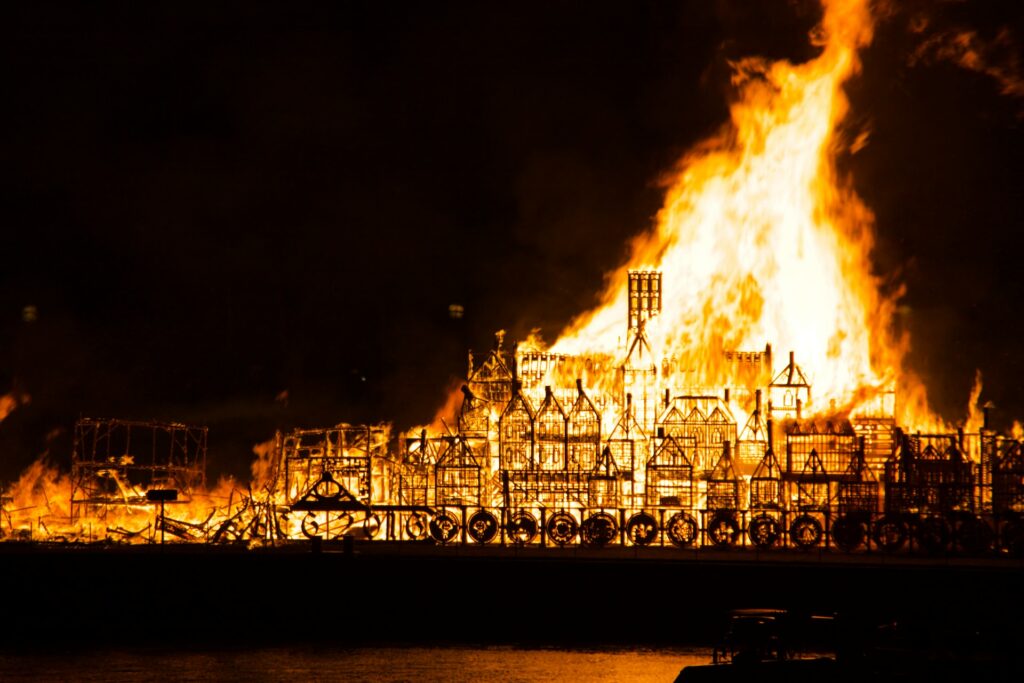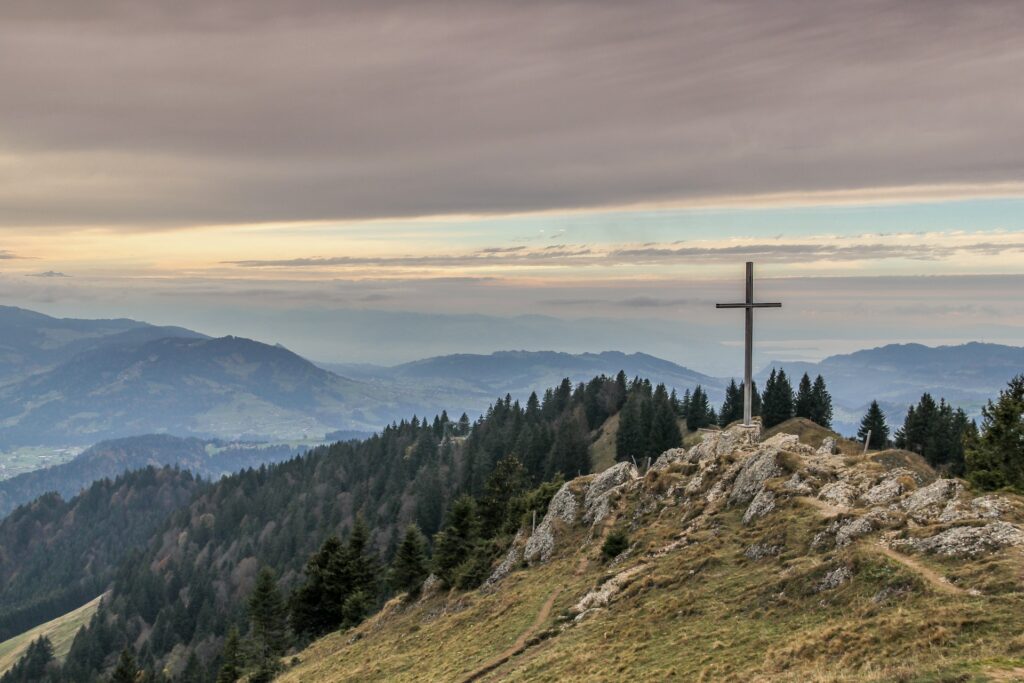Most Recent News


Popular News



Defining and describing the rule by few government frameworks. How they operate and how they collapse.

(If you haven’t, I recommend reading this first: An Updated Visual Diagram Of The Cycle Of Collapse)
The most popular example of a rule by few framework is an aristocracy. More modern examples include an oligarchy, corporatocracy, or non-dictator military junta system. We would lump a non-monarch theocracy and some forms of socialist nations under here as well.
Modern democratic (rule by many) systems of government have a strong tendency toward degeneration. When this degeneration occurs, we see ample centralization of the key power sources and power centers by a group of centralizers. These elite become the modern version of historical aristocrats. In effect, when a nation declines from a rule by many it goes straight into the hands of their own elites. Thereby creating the rule by few.
This rule by few happens because of centralization. Under it, “the few” do not hold absolute centralization, as in the form of a rule by one. Instead, only certain components of the nation are fully centralized in their interests. Usually, it is dependent upon the group of centralizers that do the centralization. For example, in an oligarchy and corporatocracy, the isolated class centralizes financial wealth to the point of indirectly ruling the nation through their control of this societal power source. In this instance, the government is merely the lacky of the powerful oligarchical institutions. The distribution of power is in their favor. This isolated class would not control all means of centralization, but only a few select key components. For this reason, a rule by few is a governmental structure that exhibits component centralization through the “few”. Where the few is always a centralizer group. This means that certain power sources and power centers are under the control of the few, but not all. If all power is under the few, it is officially a rule by one (even if “the one” is an entity, not a singular individual.) Generally, this framework indicates that enough power, control, and wealth in the nation is centralized to the point that decentralized agents are not able to adequately curtail the centralization of the leading “few”. This is what separates it from its decentralized alternative.
This form is not super common in modern times except in the cases of a degenerating nation. Very few political activists purposefully seek out a rule by few. Most of the politically-inclined rather align with either a rule by one or a rule by many framework.
The rule by few is easily recognizable by its disjointed centralization. Some areas of society will be highly centralized and off-limits, while other areas of society will be battlegrounds for further centralization. Usually, during the positive stages of a rule by few, the politicians are far superior to that of the rule by many form. However, during the latter stages, the politicians are usually in-fighting one another for total control. This is often why a rule by few degenerates into a rule by one, because the centralizers continue to fight for total control until one of them succeeds. The rule by few is also recognized by other traits such as a repression of any action does not benefit the centralizers, a culture pushed from the top that is directly contrary to the culture at the bottom, the development of a police state, and a rapid segmentation of the national citizenry.
The most common rule by few frameworks in modern times are the socialist state or the oligarchical state. The socialist state exhibits a component centralization in the form of the politburo who control the government and financial sector. The oligarchical state exhibits a component centralization in the form of the isolated class who control all of the financial means within the nation. Both, in the conquest of their respected areas of centralization, end up indirectly controlling segments of the other centralizer arenas. The isolated class, through controlling the wealth in an oligarchy, will also control some of the political sphere through lobbying and will control some of the intellectual arena through financing their work. The politburo, through controlling the political levers, will also control some aspects of the cultural institutions through legal action and will control some of the isolated class through governmental policies. This component centralization is usually used in connection with other centralizer groups, rather than against them.
The question then arises: Is this necessarily a bad thing? We haven’t yet ruled out a rule by few framework as a governmental template for our framework. Yet, it does not tend to take much argument to dissuade an individual away from this category. Most notably because average citizens innately recognize that it would never benefit them. It’s the same as a rule by one, but with two major differences: more elites lord over them and those elites will eventually be in conflict with one another for pure power. It functions like a less-stable rule by one. It is often also more degenerate.
The rule by few shares the same issues as the rule by one framework. It is centralized, non-beneficial to the average citizen, and is unsustainable. A rule by few falls for very similar reasons to a rule by one. Eventually the privileged ruling class either provoke the nation to rebellion, degenerate the nation through weakness, infight until one of their own becomes the supreme leader, or bankrupt the nation into collapse. All of which lead the nation into the arms of a strongman, military junta, single centralizer, or mob takeover. Because even when centralization by a few exists, they do not stop seeking more centralization. They will keep in-fighting until one of the centralizers is the “one”. They will use any means to do so even if that means degenerating, economically bankrupting, or splintering the nation. Which is how the rule by few degrades into a rule by one. The centralization does not stop when a rule by few arrives. Quite the opposite, it starts picking up in terms of speed.
There are no real checks and balances that can ensure the rule by few is reliable long-term. A benevolent group of elites could do tremendous good for their country, but they would not last forever. These elites exhibit complete control with no to little checks and balances outside of their segregated community. With no oversight, any measures we implemented to protect against degeneracy or the cycle of collapse could merely be overruled at any point in time. All it takes is for one of the elitists groups to no longer follow the long-term sustainability requirements. Then the cycle continues. The rule by few collapses to a warzone or into the arms of a strongman. This is the exact same problem as a rule by one. There are no checks and balances we could attempt to implement to stop this from occurring or to provide a hedge against it. Because anything that we would try could be centralized against us because of their privileged component centralization status.
This governmental system also has other notable flaws that make it undesirable. Arguably one of the greatest faults is the freedom it represses. During the campaign of centralization, we witness a very declining environment for liberty and the pursuit of happiness among the citizens. Polarization occurs, violence breaks out, and the elites pulling the strings use every method at their disposable to cause instability. The more violence and societal instability that occurs is simply more opportunities for further centralization. This is why the elites desire discord. They pretend that it is a problem to them while they light the fires. Once the rule by few officially arrives, there is rarely much “freedom” left outside of what the ruling caste deems appropriate for its new conquered caste. There is little place to find safe haven, as everything is slowly being eroded by these individuals. There is no oversight over the overseers.
Therefore, we can effectively rule out the rule by few as an effective long-term viable government. It would eventually collapse just like the rule by one framework. It’s also not greatly beneficial to our people. I would expect it to be even less-so than a benevolent rule by one, given historical trends of similarly-styled governments. Yet again, this form meets neither of our desired focuses: a sustainable government or a government that is desirable for the national people.
We can still learn from the system, however. Just like we did with the rule by one frameworks. To start off, we must take note of the reality that centralization will organically lead toward a rule by few framework. That is the first lesson. Which means that no area in the society can be able to be centralized if we want to prevent a rule by few. Nor can we allow centralizers the “freedom” necessary to act with impunity toward this goal. A rule by few will naturally lead to a rule by one due to the very same centralization effect. Thus, centralization must be contained or any other framework we made would be prone to collapse by devolvement toward a rule by few.
The rule by few is very good at a few things. In the benevolent stages, its economic system usually involves the ability to overtake key industries that are nationally-damaging. They bring them and other societally-draining institutions into compliance. They are also notoriously tough on crime which leads to a safer environment than the mob-riddled past. While the rule by few do not generally care about their citizenry, they do care about making the nation efficient for themselves: destroying crime and properly managing the economic situation often do just that. During the latter stages this may weaken, but the principles and processes they utilize are important for us to consider.
We also utilize elements of their politician framework. Politicians in rule by few societies tend to be far superior than comparable rule by many politicians. They have their weaknesses in terms of virtue, but they are usually stronger and more intelligent (Additionally, rule by many politicians often don’t share the virtue trait, either). This happens because to be a politician in “the few” requires a lifetime of learning to lead and being brought up within the few. In the initial stages of a rule by few, it is usually highly intelligent and successful individuals that centralize control, even if they are malevolent. These leaders are then more adept and cunning to deal with the problems than an average politician from a democracy. Which makes them dangerous but also useful. We would ideally like to have the strong politicians in our framework, minus the virtue-weakness aspect. The rule by few characteristics are a gateway to this possibility. In most historical aristocracies, this trend of strong politicians was clearly evidenced in the upbringing of the noble class.
So, while we don’t advocate for the rule by few framework, we could definitely use elements of it that help with sustainability and societal-benefiting purposes.
Read Next:
The Eras Of Western Civilization: On Tradition
Our “Leader” Bows To Foreign Leaders
How To Fight Back: Peaceful Noncompliance And Enclaving
If you enjoyed this article, bookmark the website and check back often for new content. New articles most weekdays.
You can also keep up with my writing by joining my monthly newsletter.
Help fight the censorship – Share this article!

(Learn More About The Dominion Newsletter Here)